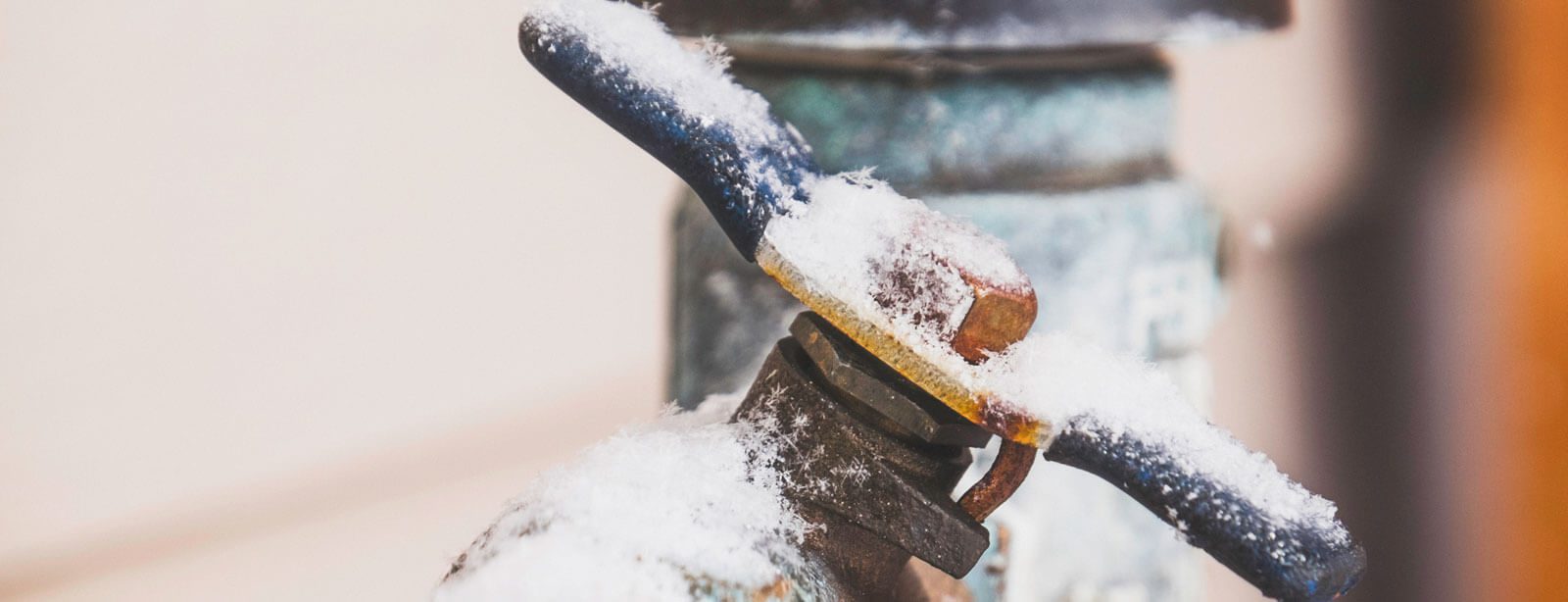Shielding Your Pipes from Cold Weather Issues: Critical Tips
Shielding Your Pipes from Cold Weather Issues: Critical Tips
Blog Article
They are making a few good pointers regarding Helpful Tips to Prevent Frozen Pipes this Winter overall in this content down below.
:strip_icc()/snow-outdoor-faucet-pipes-4af65d1e5e904fb1aa7bf74071fe5d89.jpg)
Cold weather can damage your plumbing, specifically by freezing pipes. Right here's how to prevent it from happening and what to do if it does.
Intro
As temperatures decline, the danger of icy pipelines rises, possibly resulting in costly repair work and water damages. Comprehending exactly how to avoid icy pipes is important for home owners in cold environments.
Avoidance Tips
Shielding susceptible pipelines
Cover pipes in insulation sleeves or make use of heat tape to protect them from freezing temperatures. Focus on pipelines in unheated or outside areas of the home.
Heating strategies
Maintain indoor spaces effectively heated up, particularly areas with pipes. Open cupboard doors to allow cozy air to flow around pipes under sinks.
How to identify icy pipelines
Search for reduced water flow from faucets, unusual smells or noises from pipes, and visible frost on subjected pipelines.
Long-Term Solutions
Architectural changes
Think about rerouting pipes far from exterior walls or unheated areas. Add added insulation to attic rooms, cellars, and crawl spaces.
Upgrading insulation
Invest in high-grade insulation for pipes, attics, and walls. Correct insulation helps keep consistent temperature levels and reduces the risk of icy pipes.
Shielding Exterior Plumbing
Garden hose pipes and outside taps
Detach and drain pipes garden hoses before wintertime. Mount frost-proof spigots or cover exterior taps with protected caps.
Comprehending Icy Pipes
What creates pipelines to ice up?
Pipes ice up when exposed to temperatures listed below 32 ° F (0 ° C) for expanded durations. As water inside the pipelines ices up, it increases, taxing the pipeline wall surfaces and possibly creating them to rupture.
Threats and damages
Frozen pipes can result in water system interruptions, building damages, and costly repair work. Ruptured pipes can flooding homes and cause substantial structural damage.
Indicators of Frozen Pipes
Identifying frozen pipelines early can stop them from bursting.
What to Do If Your Pipelines Freeze
Immediate activities to take
If you suspect frozen pipes, maintain faucets available to eliminate stress as the ice thaws. Use a hairdryer or towels soaked in hot water to thaw pipes slowly.
Final thought
Stopping icy pipelines calls for aggressive procedures and quick reactions. By recognizing the causes, indications, and safety nets, homeowners can protect their plumbing throughout winter.
6 Proven Ways to Prevent Frozen Pipes and Protect Your Home
Disconnect and Drain Garden Hoses
Before winter arrives, start by disconnecting your garden hoses and draining any remaining water. Close the shut-off valves that supply outdoor hose bibs and leave the outdoor faucet open to allow any residual water to drain. For extra protection, consider using faucet covers throughout the colder months. It’s also important to drain water from any sprinkler supply lines following the manufacturer’s directions.
Insulate Exposed Pipes
Insulating your pipes is an effective way to prevent freezing. Pipe insulation is readily available at home improvement stores and is relatively inexpensive. Pay close attention to pipes in unheated areas such as the attic, basement, crawl spaces, or garage. Apply foam insulation generously to create a buffer against the cold. You can also wrap your pipes in heat tape or thermostat-controlled heat cables for added warmth.
Seal Air Leaks
Inspect your home for any cracks or openings that could let in cold air. Seal any holes around the piping in interior or exterior walls, as well as the sill plates where your home rests on its foundation. Additionally, make sure to keep your garage door closed unless you’re entering or exiting. Leaving it open creates a significant air leak that can lead to frozen pipes.
Allow Warm Air Circulation
During cold snaps, it’s essential to allow warm air to circulate evenly throughout your home. Leave interior doors ajar to promote better airflow. Open kitchen and bathroom cabinets to help distribute heat consistently around the rooms. If you have small children or pets, be sure to remove any household chemicals or potentially harmful cleaners from open cabinets for safety.
Let Faucets Drip
A small trickle of water can make a big difference in preventing ice formation inside your pipes. When temperatures drop significantly, start a drip of water from all faucets served by exposed pipes. This continuous flow helps prevent the water from freezing. Additionally, running a few faucets slightly can relieve pressure inside the pipes, reducing the chances of a rupture if the water inside does freeze.
https://choateshvac.com/6-proven-ways-to-prevent-frozen-pipes-and-protect-your-home/

As a keen person who reads on Prevent Frozen Pipes , I thought sharing that article post was important. So long as you liked our page plz do not forget to pass it around. Thank you for your time. Don't forget to pay a visit to our blog back soon.
Try Here Report this page